Charged: Moving Art Forward with Bryce Wolkowitz
An interview with the owner and curator of the NYC gallery at the forefront of digital art
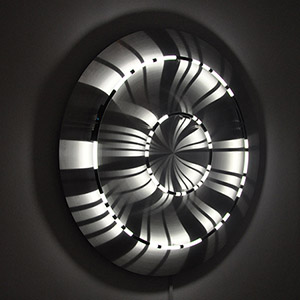
Slightly obscured by the glare of the gallery’s impossibly tall and tinted windows, the lines of Robert Currie’s wiry, site-specific installation stretch toward the entrance of Bryce Wolkowitz Gallery. Unassumingly elegant, Currie’s sculpture looks untouched by human hands, but like a majority of the work shown in the Chelsea gallery, the veneer of flawless execution masks careful engineering. It is this seamless blend of art and science that has fascinated gallerist Bryce Wolkowitz throughout his career and that prompted him to open his eponymous space in 2001. “When I finally decided to open my gallery, I surveyed the landscape to figure out where I could have some degree of impact in the big marketplace that is the New York art world,” he says. “I remember realizing their wasn’t a place fully committed to showing this idea of the moving image, a place with a deep degree of confidence that [digital] really was the most cutting-edge medium of my generation.”
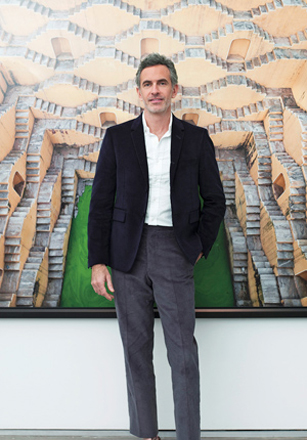
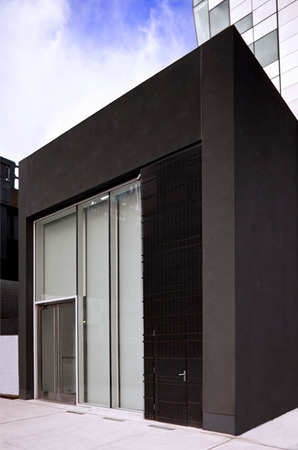
One of the first gallerists to pursue an almost all-digital and video program, Wolkowitz developed a strong group of early supporters that continues to expand as technically-driven artists continue to multiply. Sitting in an office decorated with lighted panels by Jim Campbell and Yorgos Alexopoulus, the lifelong collector shared his insights into the brave new world of digital art.
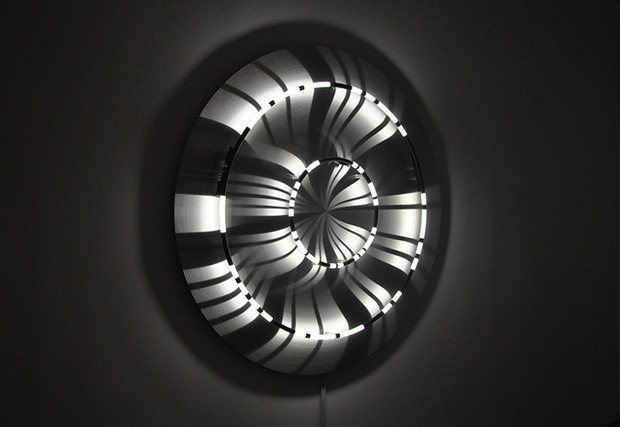
Video art is still something that institutions struggle to exhibit effectively. Were there challenges when you first opened on how to show the work?
Early on, I realized that if there was going to be any degree of success selling video art, it had to be very accessible to the collector. And that is something I still seek out for myself and preach internally. It has to function very simply—to be, in a term, plug and play, which in many ways was a breakthrough concept. I think in the past collectors had this idea of ‘Wait, I can’t buy that. That’s moving-image based work,’ but that’s because the cumbersomeness of the systems. I think the complexity of the technology impeded a connection from a collector standpoint.
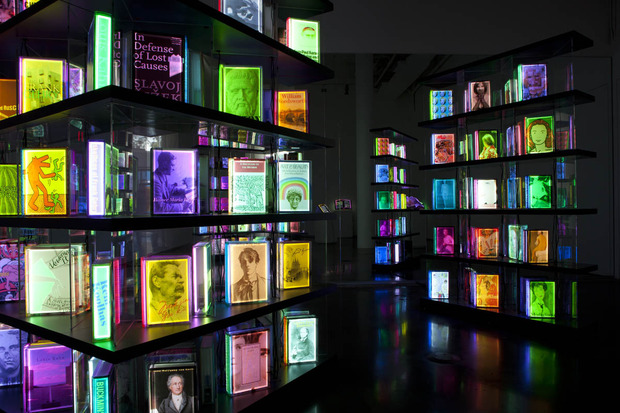
When did you see a shift toward digital art?
Around 2000 there were emerging artists who were very conscious about the way their work looked, functioned and the simplicity of the system. Part of that simplicity is custom electronics. It’s not off-the-shelf, it’s actually manufactured in the artists’ studios. Of course, that takes knowledge and a background that not everybody has. I would say half if not three-quarters of the artists we work with don’t necessarily have fine art degrees, but do have computer engineering or science degrees. That’s the thing that really excites me: to work with artists that have the capacity to merge art, technology and design in a beautiful way.
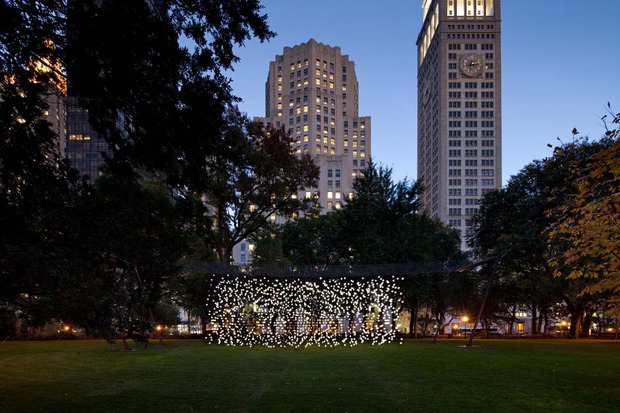
Do you see sub-genres emerging in the digital space?
I’m not overly conscious of trends in the community. It really is few and far between the artist that has a great idea and the artist who has a great idea but has also figured out the system. Again, we are talking about technology more often than not. And for myself, selling this work, I have to have a high degree of confidence and belief that that system has really been tested.
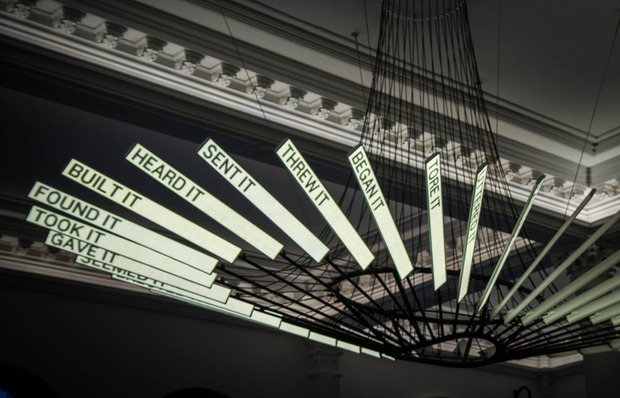
Have you noticed a shift in awareness among collectors?
Our new media business is certainly at an all time high. I think that there is greater diversity in terms of collectors who are more interested in moving image–based work than ever before. In a lot of ways it has to do with this overall merging of art, technology and design, and collectors who are not just looking at it in a silo, but looking at it for it’s sculptural appeal or for it’s light-based appeal.
What has you most excited looking toward the future?
One of the things that really excites me is scale. A number of the artists we work with and across the medium have the capacity to work large. Jim Campbell, for instance, who just created a 700-foot spiraling LED ribbon for the San Diego airport. With digital art comes the ability to work on a scale that has never been approximated before. Because we live surrounded by so much media we’ve grown accustomed to scale, but when you are looking at it under the guise of fine art and something that is truly unique, I think it’s a very new concept.
Images courtesy of Bryce Wolkowitz Gallery












